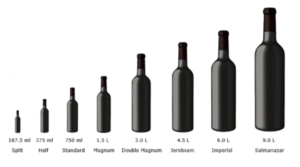The solar panel that generates energy day and night
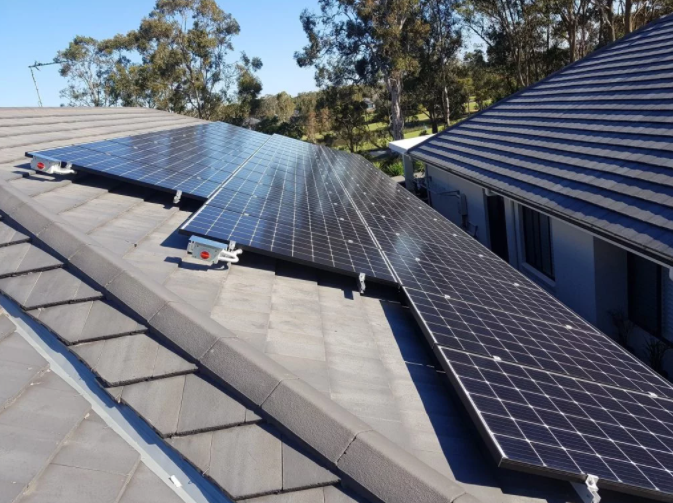
The solar panel system is capable of generating the same energy at night as during the day. A solar panel that is capable of generating energy both day and night. Australia develops a new type of device that, in reality, is no ordinary solar panels, that is, they are not photovoltaic, but rather use temperature differences to produce electricity.
This is the reason why they also generate renewable energy at night and do so without the need for batteries by taking advantage of sunlight during the day and the infrared emitted by the Earth at night.
The idea of developing this type of panel is inspired by the work of the physicist (an electrical engineer at Stanford University) on the infrared emission from the Earth to the Universe, that is, what allows our planet to “cool down in radiative form, because like the Sun radiates energy, the Earth also “. They explain that it has investigated using this as an energy source.
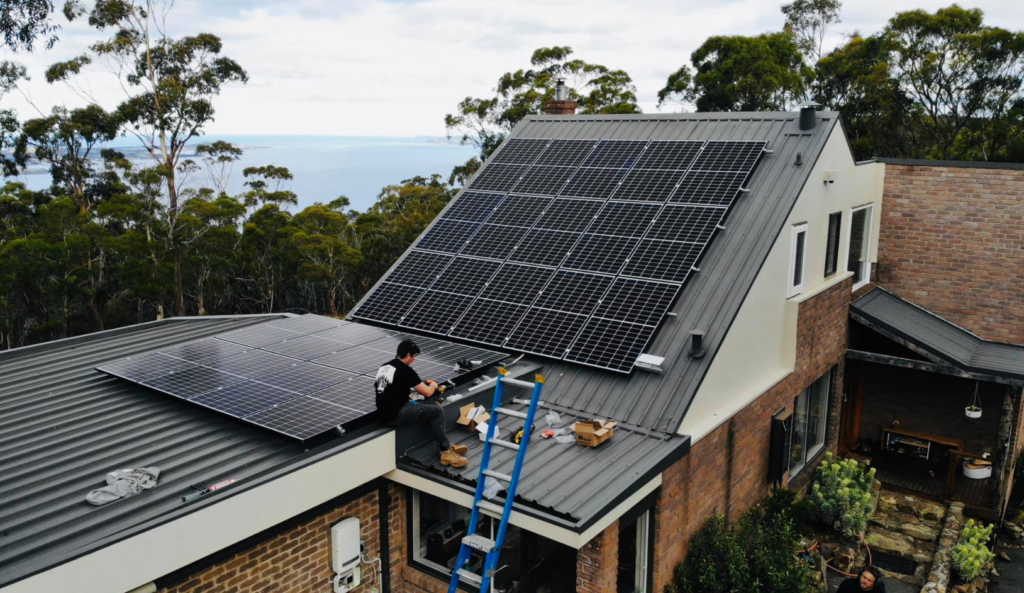
The first work to implement these investigations in a design that could be scaled to the market were unsuccessful due to the cost: “It was too expensive, it could cost 15,000 dollars per square meter and without the possibility of mass production” to lower that cost initially.
So, instead of trying to get as many watts per square meter as possible, he modified the design of the project to obtain “the best watt-cost ratio. ” This is how the first prototype of what is today arises. In it, this startup is committed to thermoelectric materials that directly transform differences in temperature into differences in voltage, that is, into electricity.
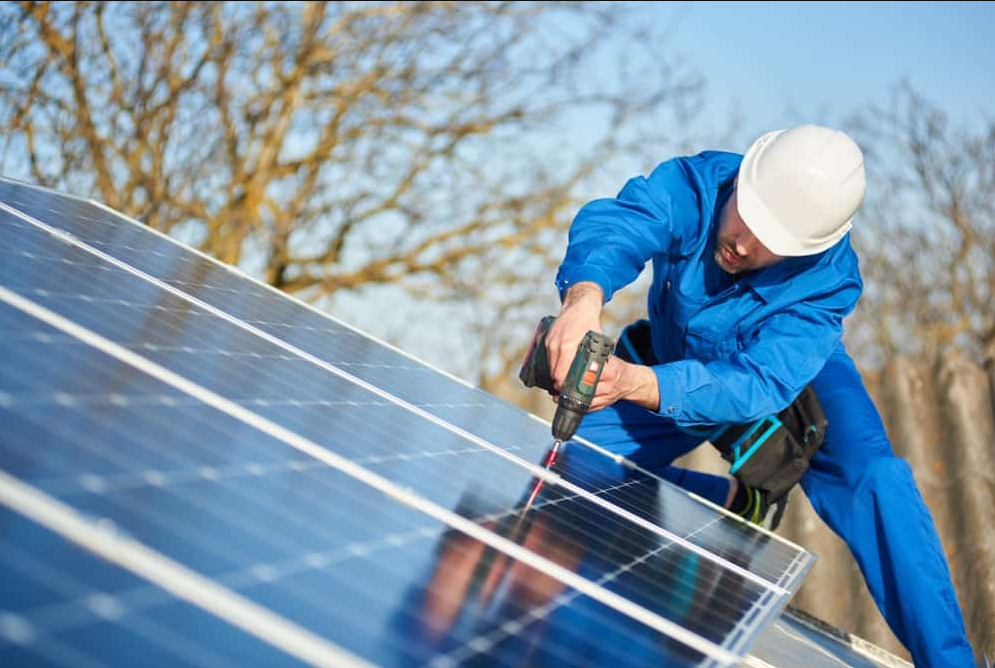
During the day, the sun creates heat, and energy is also generated, but at night part of that day’s heat is stored in a thermal reservoir to take advantage of it and, together with radiative cooling, we can also produce energy in those night hours. “The thermal reservoir helps us meet the objective of drawing the same energy at night as during the day, “emphasizes to explain this storage in his product.
The surface, in terms of materials, used by these panels is similar to that used by solar water heaters: “For radiative cooling, a black surface that absorbs the sun’s heat well,” explains the CEO. In reference to the materials that they are studying to use in order to improve the costs of these particular panels. It is a thermal effect that all materials suffer from being exposed to the sky (all surfaces are cooled), but it depends on the design to improve its operation and take advantage of those temperature differences to create energy.
At the moment, this panel design, for which they are working on a minimum product for the market, could be adapted to autonomous devices that now need batteries and solar panels, such as, for example, the streetlights of many of the so-called smart cities.
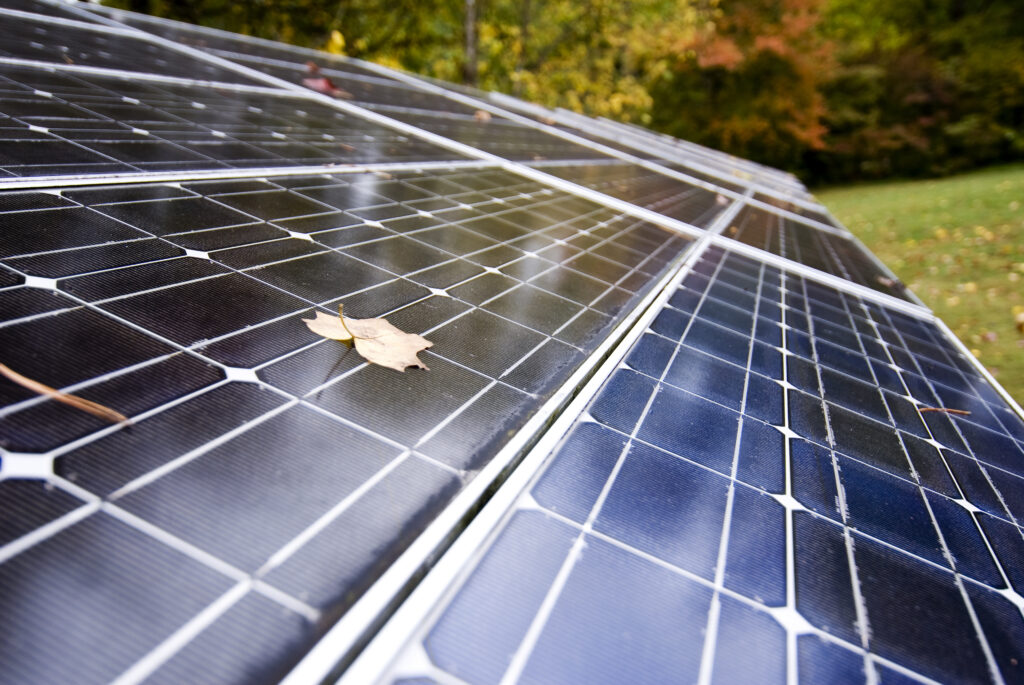
This new system would be able to replace both to save costs throughout the useful life of the device. “Batteries have a shorter life cycle: it takes four battery changes to last as long as a panel. Although the estimated cost would be similar to that of a solar panel with its battery, with this system it would save in the long term by not having to renew it.
Founded by two physicists, one an expert in renewable energy and the other in nanophotonics, who have designed these panels that do not need batteries to store energy, which gives it a ‘plus’ of sustainability.
Amount of light that the solar panel receives depending on its location
The orientation, inclination, and geographical position of the solar panel influence its performance. The ideal direction of the positioning of the panels is towards the south. If you are wondering how to calculate the inclination of a solar panel, it is best to choose an angle that is between 34 and 36 degrees.







